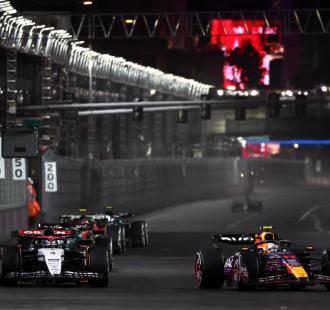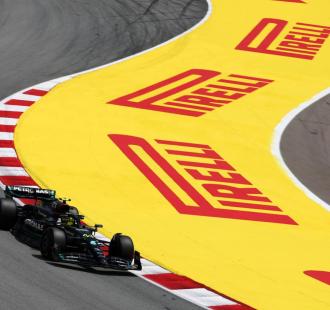
Is the end of F1's roaring engines in sight?
The future direction of F1's power unit technology will be dictatedby road relevance, the FIA has insisted. The sport's current powerunit specifications have been in place since 2014, when the switchwas made to V6 turbo-hybrid engines, a complex and expensiveundertaking to try and help shift F1's technology into the future.New regulations for 2026 have evolved these power units with theremoval of the MGU-H and a further emphasis placed on theelectrical power generated alongside the Internal CombustionEngine, a move that has heralded an influx of manufacturers - Audimakes its debut, whilst Honda returns, as well as Cadillac signingup. But where will the next step take the sport? FIA Single SeaterDirector Nikolas Tombazis told select media includingRacingNews365.com : “The step for 2026 has been defined, but whatwe do after that is still subject to discussion. “There are still alot of options on the table; whether more sustainable fuels, orhydrogen - which we have already put a lot of work into within theFIA - or more electric. "But we always want to remain relevant towhat the participating engine manufacturers want to do. We cannotgo in a completely random direction that is not related to the roadcar. "We have to stay relevant on the road. That is the mainobjective and I think anyone walking around the paddock can seethat there is a huge challenge we have to take on." Carbonfootprint goals Both F1 and the FIA have set aggressiveenvironmental sustainability targets, with a plan to reach net-zerocarbon emissions by the end of the decade. But because emissionsfrom the race cars themselves are only a small percentage of thesport's total footprint, the FIA knows that much still needs to bedone outside the technical regulations. “The share of the carsthemselves in the total CO2 footprint is very low,” explainedTombazis. "I think it's less than 2 per cent in total, so it'sclear that our overall responsibility for the sport is to addressthe other 98 per cent as well, and that has to be done in terms oflogistics, materials, part numbers, calendars, a lot of things.”


